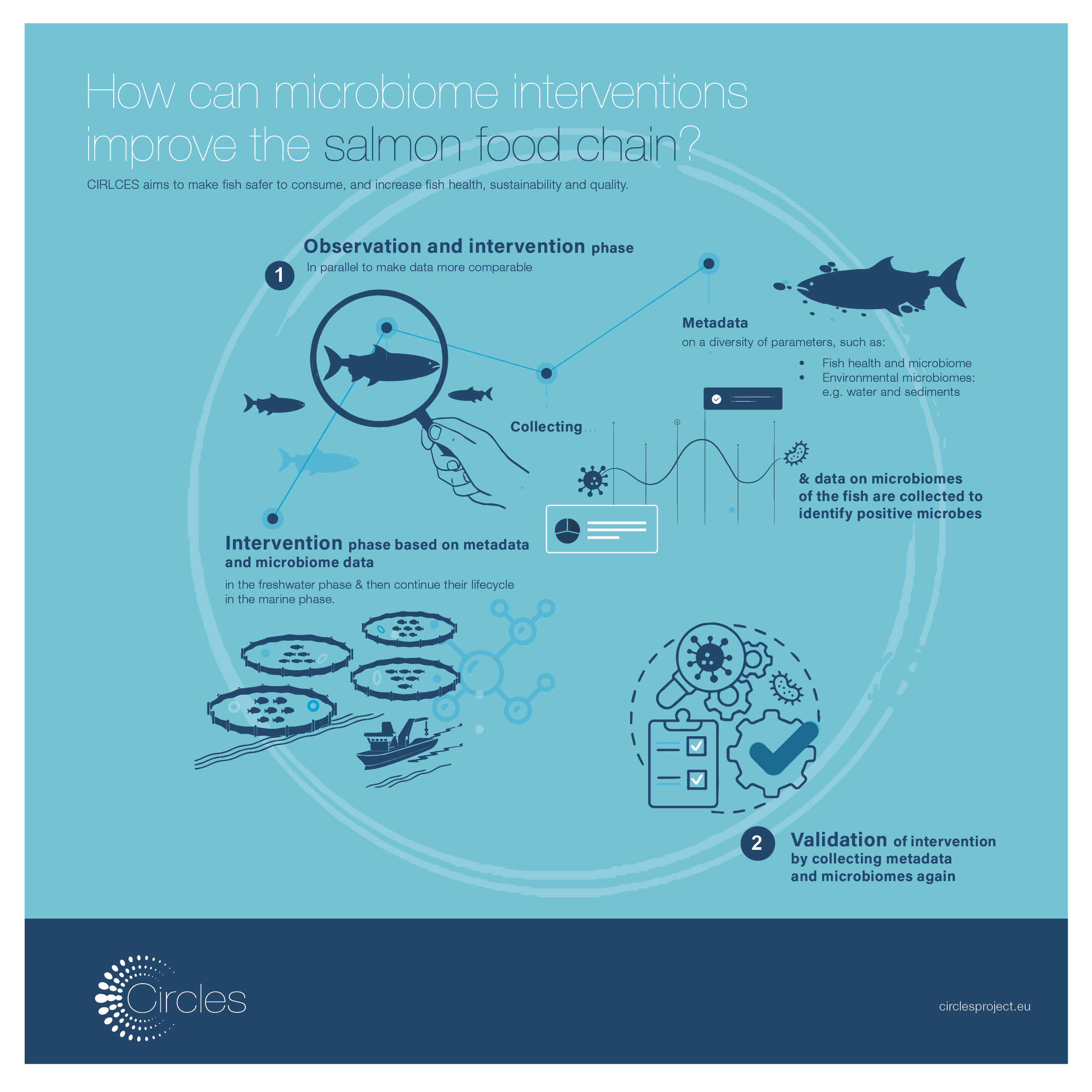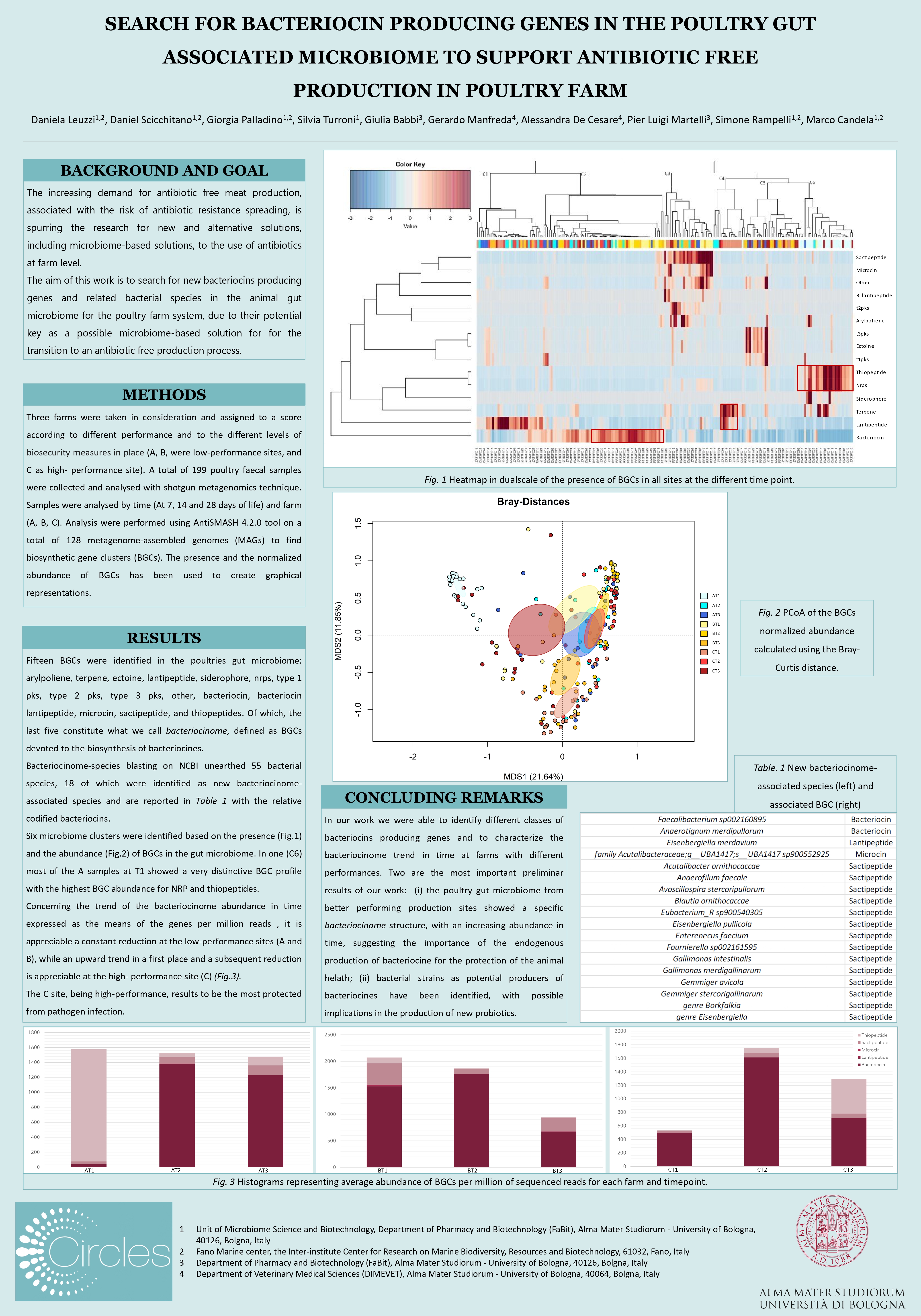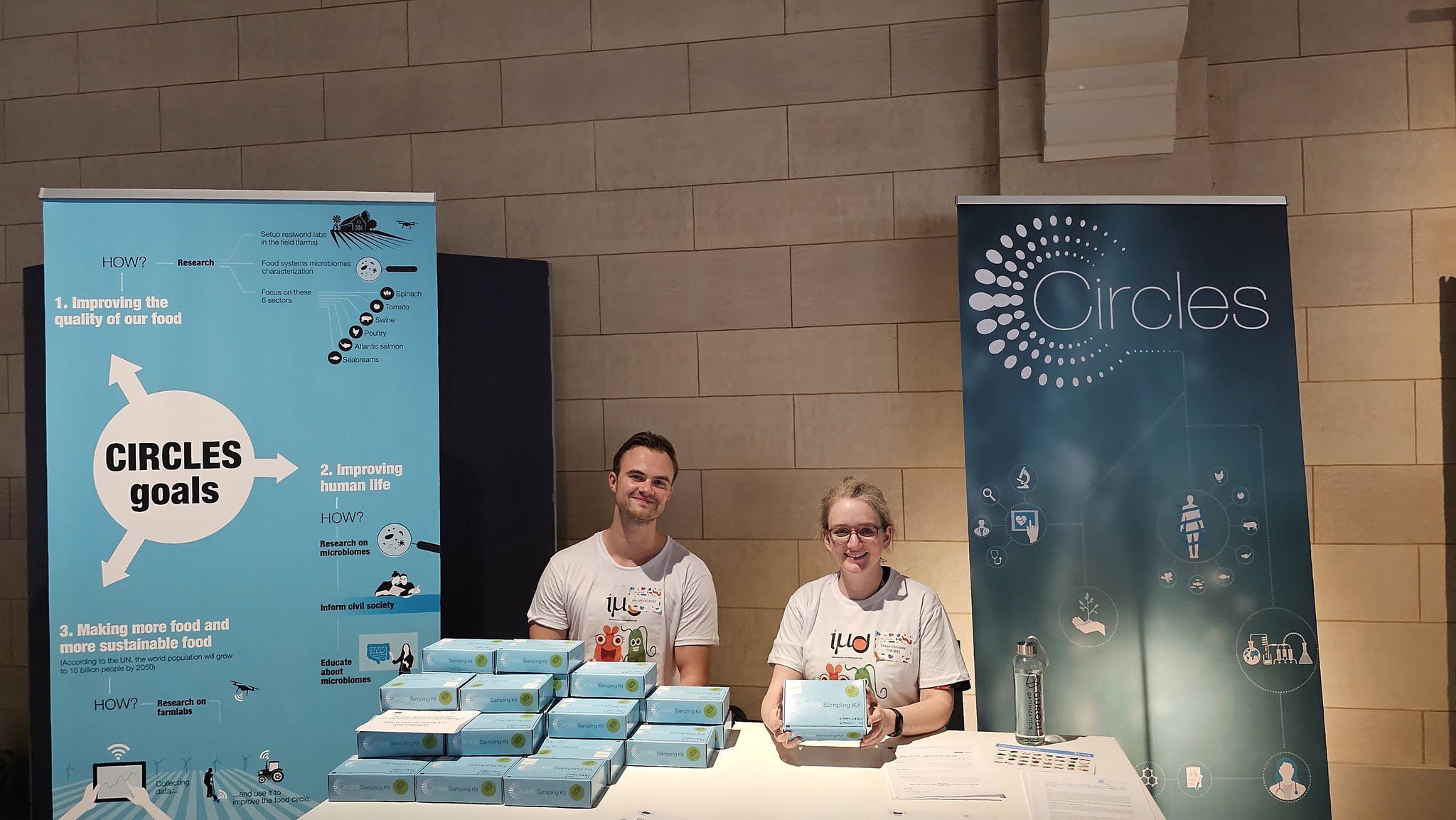Changing the composition of cattle feed is one of the ways that can improve the sustainability of our food production systems. Dr. Riccardo Vincenzi is a swine nutritionist at Gricola Italiana Alimentare, one of the most prominent companies in Europe in the animal feed sector. As a nutritionist, Riccardo oversees feed plans for pigs. We asked him about his work as a swine nutritionist in the context of CIRCLES.
What does a (swine) nutritionist do?
‘In brief, animal nutritionists look at the composition of feed. My team and I are involved in mixing raw materials to compose and create feed mixtures for piglets and pigs. You need to combine all kinds of information in order to fulfill the requirements for safe and secure feed compositions. To do this job effectively we look at literature and regulation: there are many regulations at both national and European levels that we have to adhere to. For example, we’re allowed to use some raw materials such as wheat, but others such as rapeseed are not allowed. At the moment, we are collaborating with the Italian minister to define new regulations on the feed requirements of swine. With all the information we collect, we ultimately aim to create better feeding plans for pigs.’

In what type of activities have you been involved within CIRCLES?
‘The first thing we did after the start of the CIRCLES project in 2018 was to analyse the status quo. This process is called the observation phase. During this phase, we initially observe how the pigs perform with their ‘normal’ feed composition. This is done by taking DNA samples from the food and by looking at the microbiome composition of the mixture. Besides the analysis of the feed microbiome, we also look at the microbiome composition of the animals, the environment and the workers at the farms.
Next comes the intervention phase – where things get interesting! The so-called ‘interventions’ are set up, where we include some specific ingredients or raw materials to the feed mixture, and we repeat the sampling and analysis procedures. This particularly interests us because we want to see if the pigs perform better with the renewed feed mixture or not, and what role do microbiomes play in this process.
Regarding microbiomes, my team is specifically interested in the inclusion of probiotics. Of course, many probiotics are already used in feed mixtures and registered at EU level, but we aim to analyse their potential thoroughly and more in depth. With regard to nutrients, we are particularly interested in fiber. We expect fibers to have a positive effect on the health and growth of the piglets.’
What are the next steps?
‘This question remains to be clarified! Covid-19 has had quite some impact on our timeline, for instance, we haven’t been able to start with the intervention phase yet. With all the uncertainty it’s difficult to say when operations will be able to start again. If I have to give an indication I would say around March 2021. Let’s hope for the best!’





